At dawn as the sun rose above the jagged peaks of Nyambene hills, Fred Amanya and I would trudge our way out to Isiolo town towards Mlango area or Kachuru or Gotu. The journey along the dusty roads would be occasioned by chats concerning the secu-rity situation and the serious drought in the county as “taarab music” played mellifluously in the stereo.
Brucellosis is a zoonotic disease transmitted to humans mainly by consumption of raw milk and physical contact. Unfortunately, there is lack of quantitative understanding of the scale of the disease in camels in Kenya. This is further exacerbated by con-sumption of raw camel milk owing to the presumed associated health benefits and other social cultural believes. In this regard we undertook a study to explain this phenomena.
 By the time we arrive the camel workers are up preparing the camels for milking, we set up our temporary station under a dry acacia tree. We collect milk, blood, nasal swabs and fecal samples randomly from the camels. Restraint of camels proved to be quite grueling especially for the big bulls and some young ones who tend to be wild. This however proves to be an easy challenge for the camel herders who have been born and raised in camel keeping families. We finish our work by 10:00 am and our journey back to Isiolo was a quiet one courtesy of the hot sun.
By the time we arrive the camel workers are up preparing the camels for milking, we set up our temporary station under a dry acacia tree. We collect milk, blood, nasal swabs and fecal samples randomly from the camels. Restraint of camels proved to be quite grueling especially for the big bulls and some young ones who tend to be wild. This however proves to be an easy challenge for the camel herders who have been born and raised in camel keeping families. We finish our work by 10:00 am and our journey back to Isiolo was a quiet one courtesy of the hot sun.
 Upon arrival at the laboratory in Isiolo town the milk samples were analyzed for brucellosis using modified Milk Ring Test. All other samples were processed and kept in the freezer for transport to the ILRI laboratory in Nairobi where they will be tested for brucellosis. Nasal swabs, EDTA and serum will be forwarded for testing by collaborators.
Upon arrival at the laboratory in Isiolo town the milk samples were analyzed for brucellosis using modified Milk Ring Test. All other samples were processed and kept in the freezer for transport to the ILRI laboratory in Nairobi where they will be tested for brucellosis. Nasal swabs, EDTA and serum will be forwarded for testing by collaborators.
The day comes to close at 4:00pm with a cold shower and glass of camel milk (not the collected samples definitely.) Dur-ing our two-week stay we managed to visit sixteen camel herds and collected more than 200 samples. However, on one of the days our still voyage came to a halt for two hours after our car got stuck in a hyena den.
The Zoonotic and Emerging Disease group studies a range of epidemiological issues revolving around the domestic livestock, wildlife and human interface




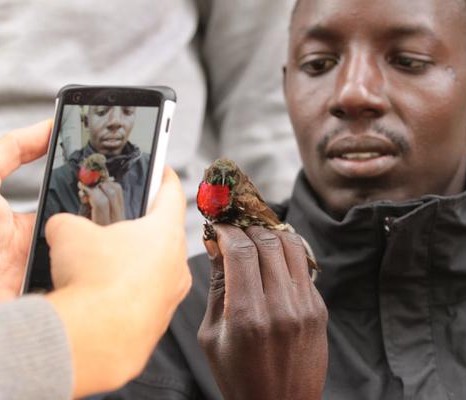

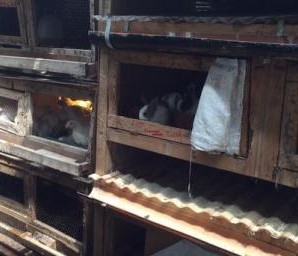
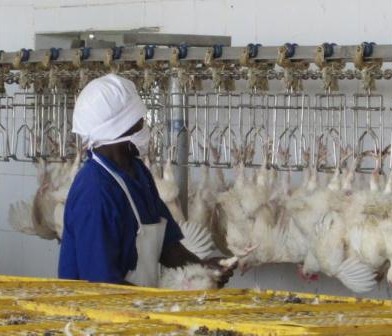
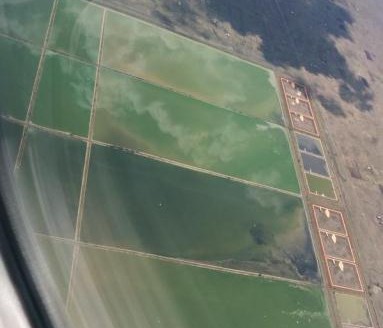
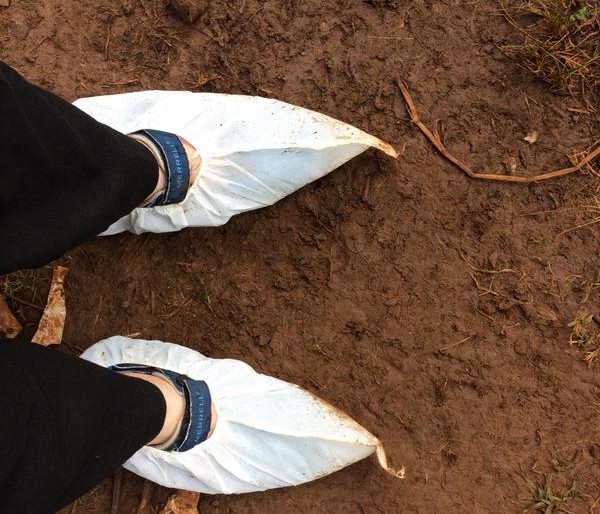





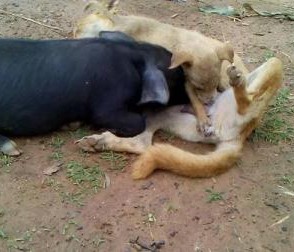


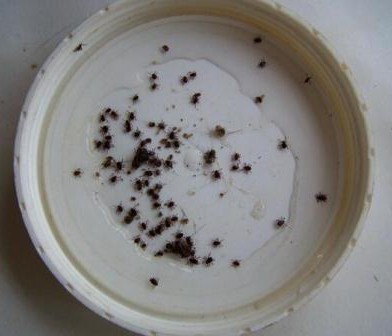
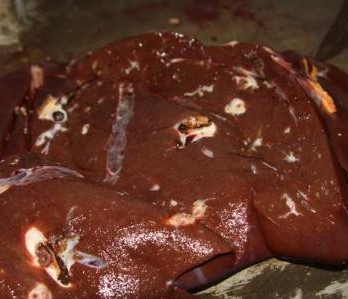


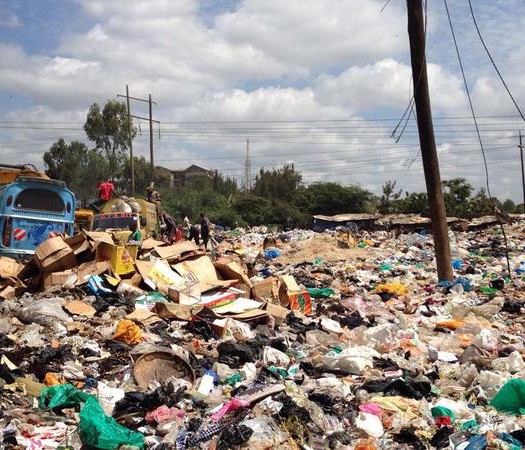
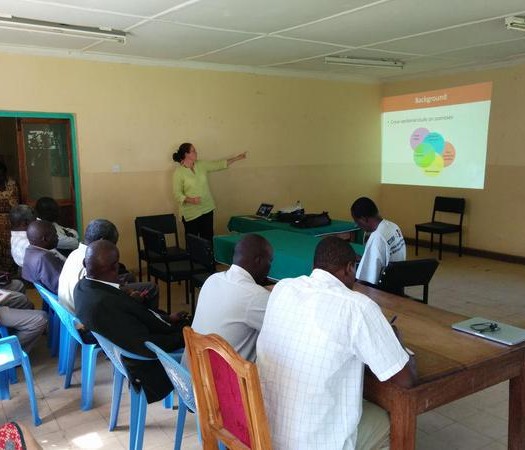
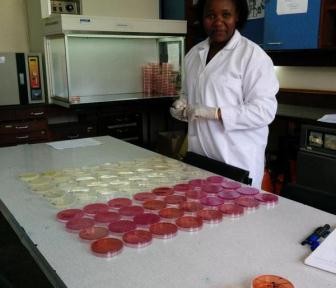

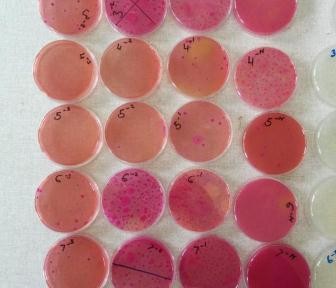
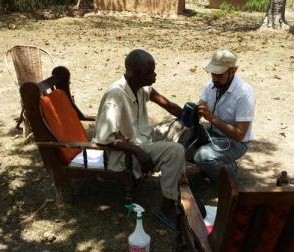
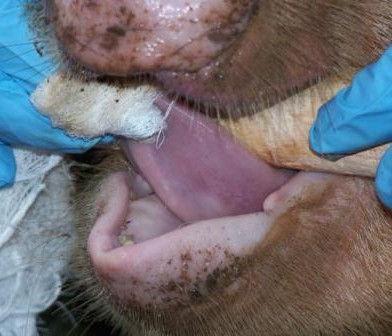
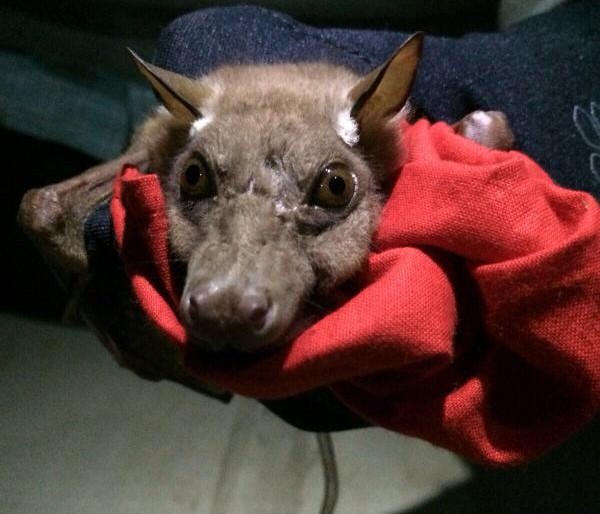
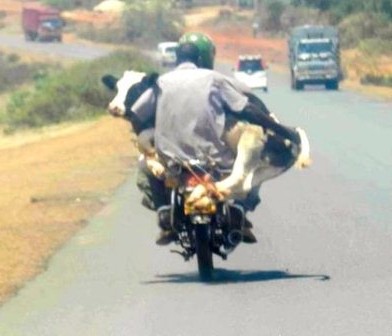

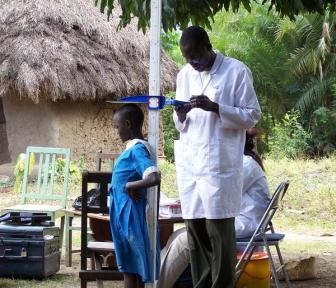
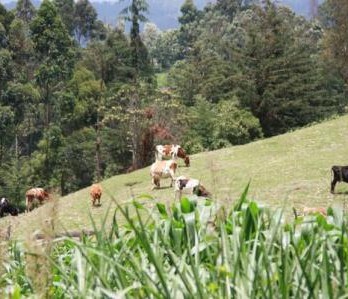

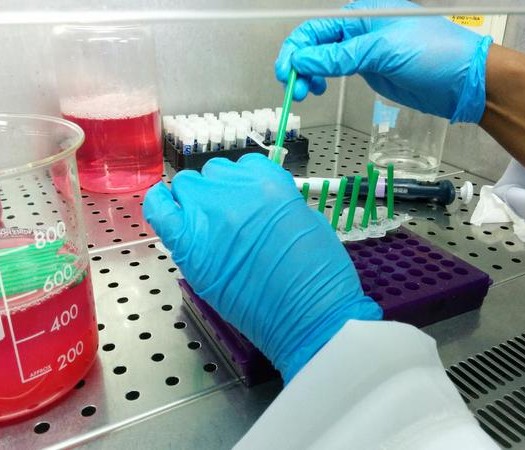


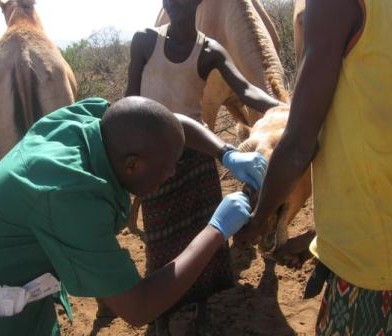
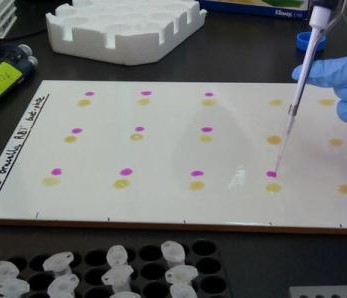
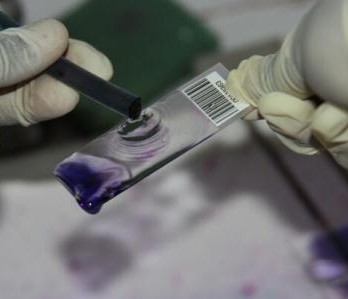

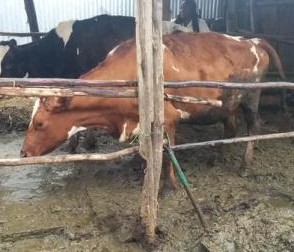


You must be logged in to post a comment.